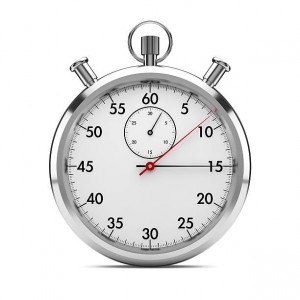 Ever end a crazy, non-stop day, but can’t recall what you actually accomplished? You’re not alone! It’s a common challenge. Today, we wanted to share with you a productivity tip in hopes of helping you work smarter, not just harder.
Ever end a crazy, non-stop day, but can’t recall what you actually accomplished? You’re not alone! It’s a common challenge. Today, we wanted to share with you a productivity tip in hopes of helping you work smarter, not just harder.
Time blocking is a concept that might help.
What is time blocking?
Assign tasks (and downtime) to specific blocks of time. We recommend blocking the time in whatever calendar you use for calls and appointments – that way you don’t double book.
Why time block?
Helps set you free of distractions and procrastination to actually get things done!
So, at this point, you might like the sound of this but are wondering how to start implementing this into your daily routine.
How to time block?
First off, be realistic. You’re one person, and there are only so many hours in the day.
Set aside time to actually plan.
- We get caught up with doing instead of planning, but planning allows us to see the big picture, prioritize and set realistic expectations.
- Instead of saying I will reach out to 50 past clients today over a two-hour window, set a goal to reach out to 10 in a two-hour window.
Allocate time to be reactive,
- ‘Emergencies’ happen no matter how well you plan. Block out time each day for this so that your other goals don’t go unaccomplished.
- Set 30-minute blocks every two hours. If there are no ‘fires,’ great! You can move onto your next task.
Audit yourself.
- Having a record of what you planned to do and what you actually did do is invaluable.
- At the end of each day, see if certain tasks took longer than anticipated and adjust the days ahead accordingly.
Set time aside for breaks.
- It’s easy to get sucked into skipping lunch or even a workout. But, ‘downtime’ can actually increase productivity.
- If the traditional 12-1pm is an unrealistic time to break away, that’s perfectly okay. Set aside 30-minutes between 10-10:30am and 2:45-3:15pm to breathe, eat or get outside!
We hope you found this information helpful. Cheers to getting more done – effectively and efficiently – in a day!
